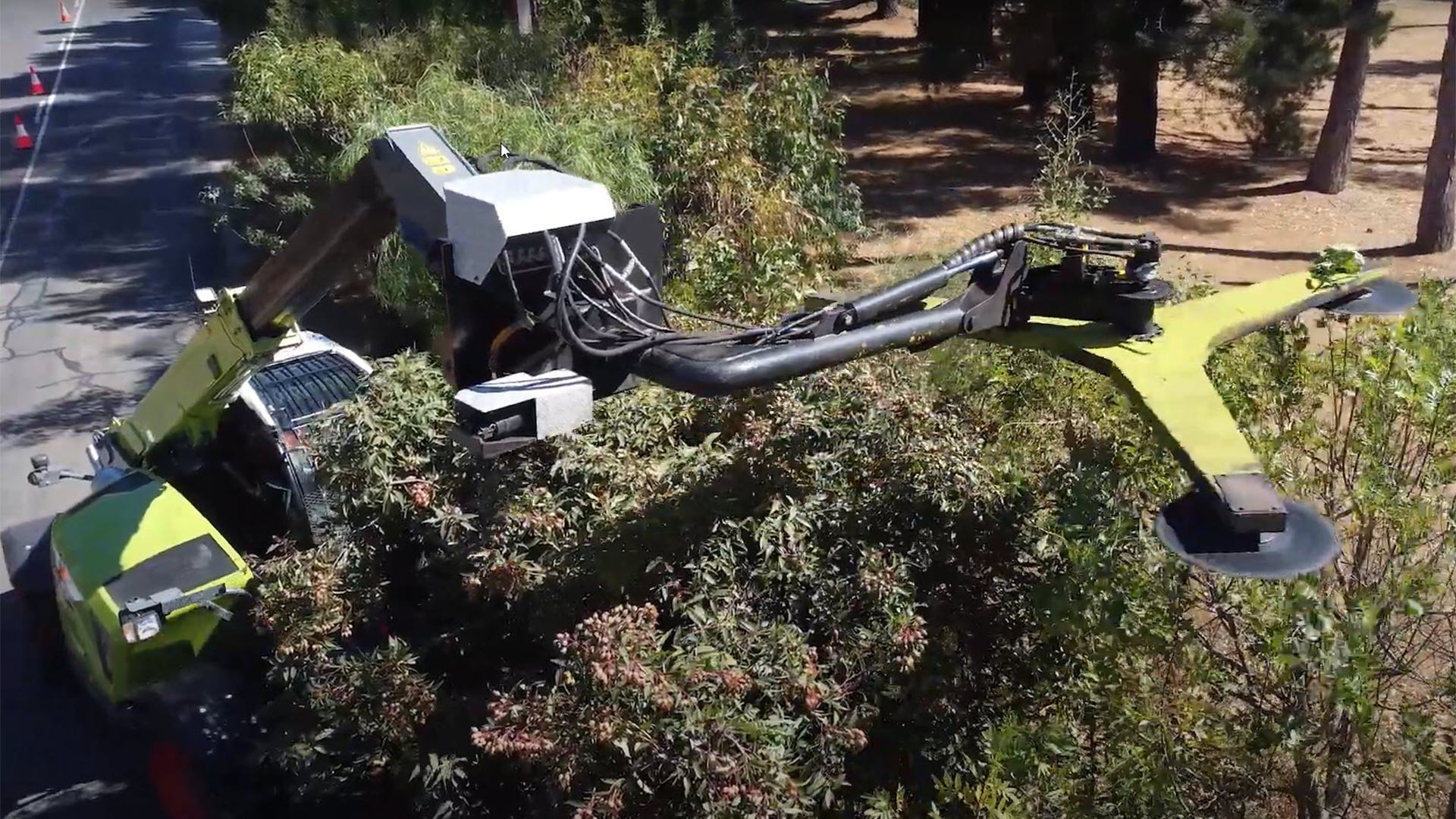Vegetation around powerlines
Legislation governing vegetation clearance
We are required by legislation to inspect and clear vegetation from around powerlines at regular intervals of no more than three years in both bushfire and non-bushfire risk areas.
Legislation is governed by the Office of the Technical Regulator and SA Power Networks must comply.
10-year review
In September 2021, the SA Government passed new regulations regarding clearance of vegetation around powerlines, with the main outcomes being improved community safety and the potential for less tree cutting in the future.
The Electricity (Principles of Vegetation Clearance) Regulations 2021 took effect from 1 September 2021. Key changes include:
- Ability to remove saplings and woody weeds
- Extend the reduced pruning approach to other regional centres where risk is low
- A more flexible Approved Species List to encourage appropriate species selection
- Allow electronic forms of landowner notification
- Simpler process to review the bushfire/ non bushfire risk boundaries
Reduced pruning around LV powerlines
In 2010, the regulations for metropolitan Adelaide were amended to reflect the lower level of risk associated with vegetation around low voltage (LV) powerlines. This allows vegetation to grow through LV powerlines in certain circumstances, which improves the streetscape and visual amenity. This approach has been strongly supported by local councils. Additionally, changes to legislation for 10 towns across SA has been introduced as of 2019. More information around this is within the Reduced pruning around LV powerlines fact sheet.
Vegetation management near powerlines video
Meet Trev the Tree and Stan the Stobie. Trev is keen to explain how SA Power Networks manages him and his mates around power lines to ensure the community stays safe, you have a reliable power supply and we minimise our bushfire risk.
Why is tree trimming important?
Bushfires can start suddenly, destroying property and putting lives at risk without warning. Trimming trees and branches near powerlines reduces the risk of bushfire, and also helps us to:
- maintain reliability of your power supply
- protect public safety
- comply with our legal responsibilities
What we do
In consultation with local councils we make sure vegetation is kept clear of public powerlines. Trees, shrubs and bushes are pruned so they do not bend or grow into the legislated clearance zone. The clearance zone is determined by:
- whether the vegetation is within a bushfire risk area
- the voltage of the conductor
- span length
- whether the powerline is insulated or bare
- whether the powerlines are on public or private land.
If tree trimming is to take place around powerlines near your home we will provide 30 days’ notice (except when emergency trimming is required) before accessing your property.
Our current vegetation management contractors, Active Tree Services, has recently introduced some mechanical trimming aides to increase the safety and efficiency of the vegetation management program. You may see the below vehicles operating mainly in bushfire risk areas across the state.
When do we trim trees?
- Every one to three years based on risk in bushfire risk areas.
- Every three years in non-bushfire risk areas.
Working with our stakeholders
We work with the Vegetation Management Advisory Group to improve how we engage with our stakeholders and manage vegetation near powerlines.
Our Protocol for vegetation management near powerlines (13830KB PDF) outlines our commitment to improving vegetation management and was developed in consultation with local councils and key stakeholders. The revised protocol (2019-2021) was endorsed by the LGA Board in May 2019. The protocol is currently under review and an updated version will be available soon.
Share your feedback
Complete our online survey to provide feedback on how we manage vegetation around powerlines, or your recent experience on tree trimming. Your feedback will help us to continue to improve this service.
Contact 13 12 61 or email our customer service team for more information about our vegetation management program.


